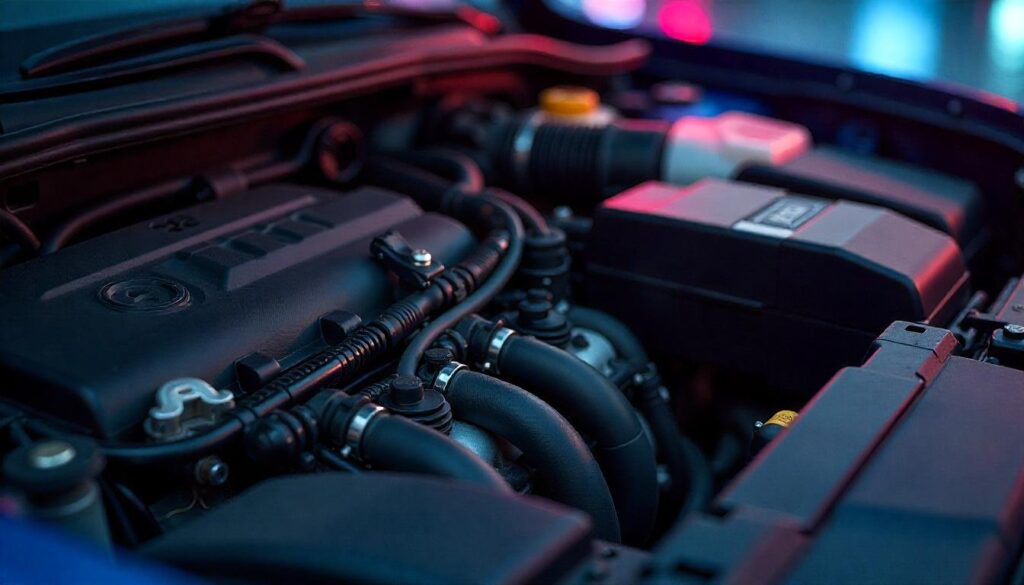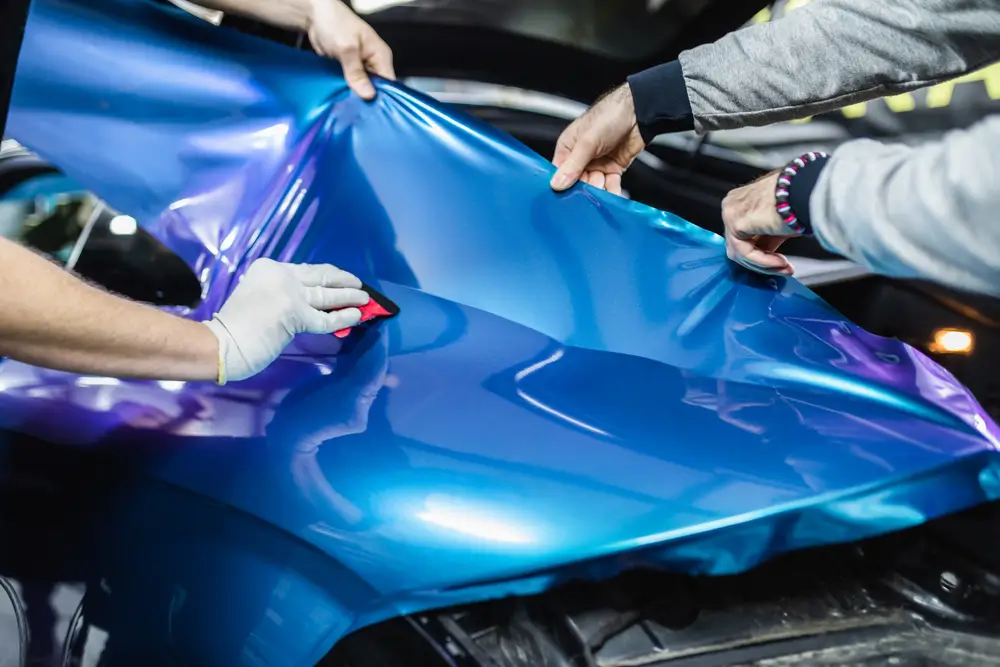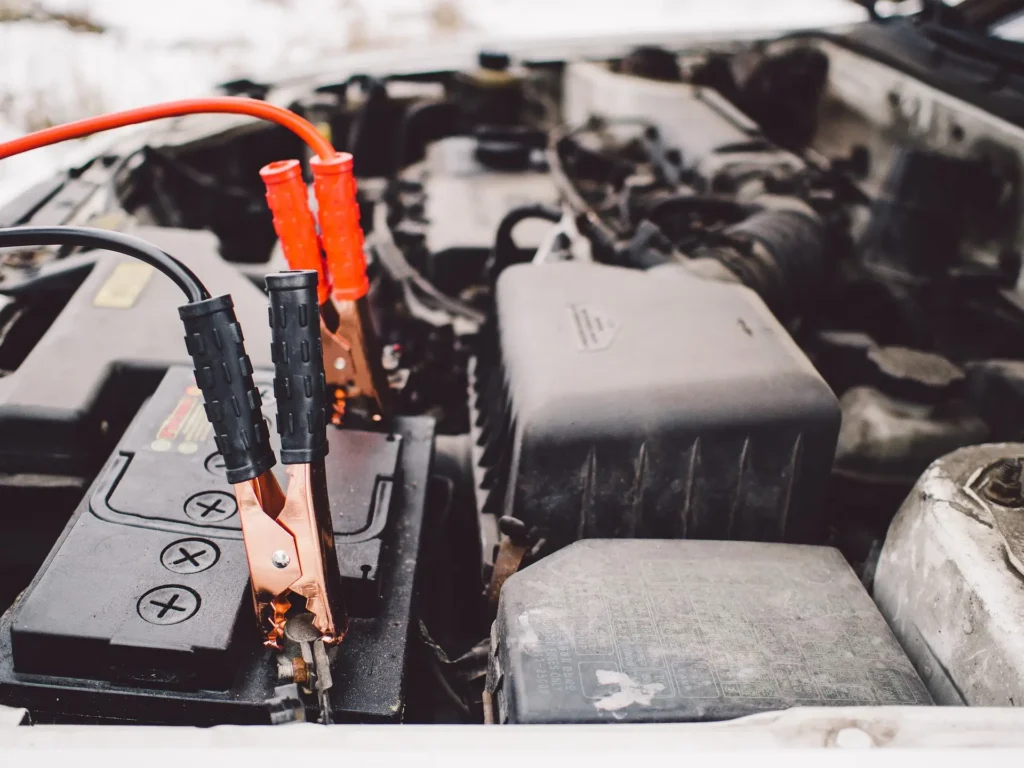How to Charge a Car Battery: A Complete Guide to Safely Charging and Maintaining Your Car Battery
Introduction Picture this: it’s a chilly morning, you get in your car to head to work, and—nothing. The engine won’t turn over, and the lights barely flicker. A dead battery! We’ve all been there at one point or another. But don’t worry; charging your car battery is a straightforward task if you know what you’re doing. In this comprehensive guide, we’ll walk you through everything you need to know about how to charge a car battery. From understanding the different types of batteries to step-by-step instructions on using a car battery charger, we’ve got you covered. We’ll also cover when it’s time to charge a battery, different charging methods, and safety tips to keep you and your car in top shape. Understanding Car Batteries Before diving into the practical side of charging, let’s take a moment to understand your car battery and why it needs proper care. Types of Car Batteries There are two primary types of car batteries: lead-acid and AGM (Absorbent Glass Mat). Battery Voltage and Amp-Hour Ratings Most car batteries are rated at 12 volts, but what about their capacity? The amp-hour (Ah) rating indicates how much charge a battery can store. For example, a 48Ah battery means it can provide a current of 1 amp for 48 hours or 48 amps for 1 hour. Common Causes of Car Battery Drain Knowing the causes of battery drain can help prevent issues. Common culprits include: Importance of Proper Battery Maintenance Proper battery care extends its lifespan and ensures it always starts your car when needed. Regularly check for corrosion at the terminals, keep the battery clean and dry, and ensure it’s securely fastened in place. When Do You Need to Charge a Car Battery? Knowing when to charge your car battery can save you from frustration and unnecessary replacements. Signs of a Weak or Dead Battery How to Test a Car Battery with a Multimeter To test a battery’s voltage, use a multimeter. Set it to DC voltage, and check the battery’s voltage. A healthy, fully charged battery should read around 12.6 volts. Below 12.4 volts indicates a need for charging, and anything under 11.8 volts suggests a dead battery that may need replacement. Charging Methods: A Detailed Comparison Now that we understand the basics of car batteries, let’s look at the different methods to charge them. 1. Using a Battery Charger (Primary Method) This is the most efficient and safest way to charge a car battery. There are several types of battery chargers: Each charger has its pros and cons. For example, smart chargers are the easiest to use, while manual chargers offer more control but require your attention. 2. Driving to Charge the Battery (Secondary Method) The car’s alternator charges the battery while the engine runs. However, this method isn’t ideal for deeply discharged batteries and will only provide a partial charge. Driving for at least 30 minutes will help charge the battery, but it’s not a substitute for using a battery charger. Step-by-Step Guide: Charging with a Battery Charger Safety First! Safety is paramount when dealing with car batteries, as they contain sulfuric acid and can emit hydrogen gas, which is flammable. Materials You’ll Need Step-by-Step Instructions Troubleshooting If things don’t go as planned, here’s what you can do: Tips for Maintaining a Healthy Car Battery Maintaining your car battery is essential for prolonging its lifespan: Frequently Asked Questions (FAQs) How long does it take to charge a car battery? Can I charge a car battery while it’s still in the car? What’s the difference between a trickle charger and a smart charger? Can a completely dead car battery be recharged? How do I know when my car battery is fully charged? Can I leave the charger on overnight? Why is my car battery draining so quickly? Conclusion Charging a car battery doesn’t have to be intimidating. With the right tools, knowledge, and safety precautions, you can quickly and effectively get your car back on the road. Remember that safety first is crucial throughout the process. If you’re ever unsure, don’t hesitate to seek professional help. Want more car maintenance tips? Check out our other articles on maintaining your car’s engine, tires, and overall performance! Stay tuned for our next post on how to boost your car’s performance with easy DIY upgrades.










